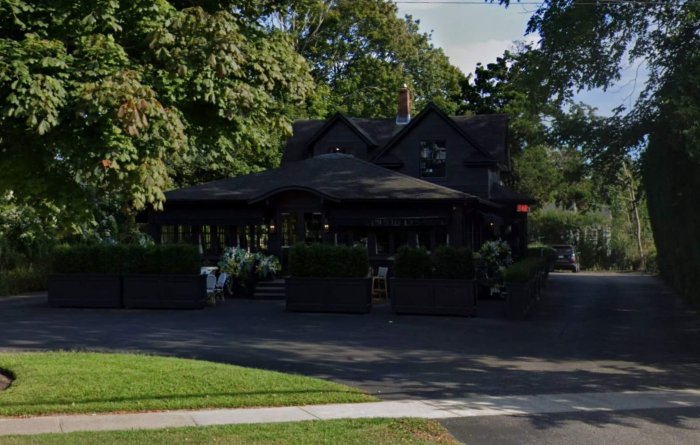 In the last several weeks, Roslyn kids, teens and adults alike have been dared to take the ALS Ice Bucket Challenge. Local residents have quite literally been “soaked” as is the rest of the nation. Everyone from Ethel Kennedy to Justin Timberlake have poured a bucket of ice water over his or her head and challenged others do the same or make a donation to fight ALS within 24 hours. Here in Roslyn, Town of North Hempstead Councilman Peter Zuckerman was dunked by his two children. Its social media message gone viral and the results are conclusive.
In the last several weeks, Roslyn kids, teens and adults alike have been dared to take the ALS Ice Bucket Challenge. Local residents have quite literally been “soaked” as is the rest of the nation. Everyone from Ethel Kennedy to Justin Timberlake have poured a bucket of ice water over his or her head and challenged others do the same or make a donation to fight ALS within 24 hours. Here in Roslyn, Town of North Hempstead Councilman Peter Zuckerman was dunked by his two children. Its social media message gone viral and the results are conclusive.
As of Sunday, Aug. 17, The ALS Association has received $13.3 million in donations compared to $1.7 million during the same time period last year (July 29 to Aug. 17). These donations have come from existing donors and 259,505 new donors to the Association.
The challenge involves people getting doused with buckets of ice water on video, and posting your own video to social media nominating others to do the same, all in an effort to raise ALS awareness. Those who refuse to take the challenge are asked to make a donation to the ALS charity of their choice. All over facebook, you can see videos of Roslyn residents calling out friends and colleagues to take the challenge.
The success of ALS fundraising effort has been tremendous and certainly has made the summer a bit more fun. One funny video even included the “Nestea plumge” into a swimming pool after dumping the bucket of water and ice over his head.
Amyotrophic lateral sclerosis, often referred to as “Lou Gehrig’s Disease,” is a progressive neurodegenerative disease that affects nerve cells in the brain and the spinal cord. Motor neurons reach from the brain to the spinal cord and from the spinal cord to the muscles throughout the body. The progressive degeneration of the motor neurons in ALS eventually leads to their death. When motor neurons die, the brain’s ability to initiate and control muscle movement is lost. With voluntary muscle action progressively affected, patients in the later stages may become totally paralyzed.
As motor neurons degenerate, they can no longer send impulses to the muscle fibers that normally result in muscle movement. Symptoms of ALS often include increasing muscle weakness, especially involving the arms and legs, speech, swallowing or breathing. When muscles no longer receive the messages from the motor neurons that they require to function, the muscles begin to atrophy. Limbs begin to look “thinner” as muscle tissue atrophies.
The ALS Association’s mission is to provide care services to assist people with ALS and their families in communities across the nation and a global research program focused on the discovery of treatments and a cure for the disease.































